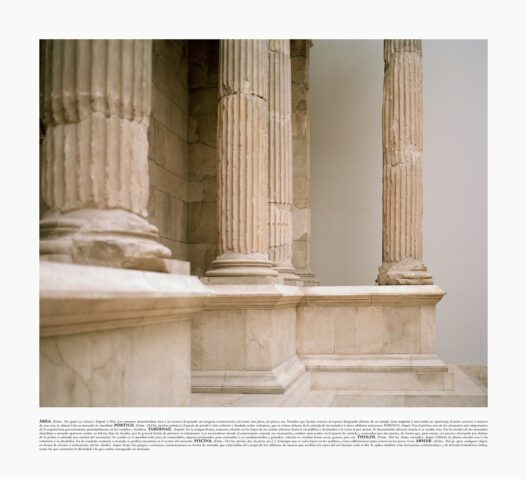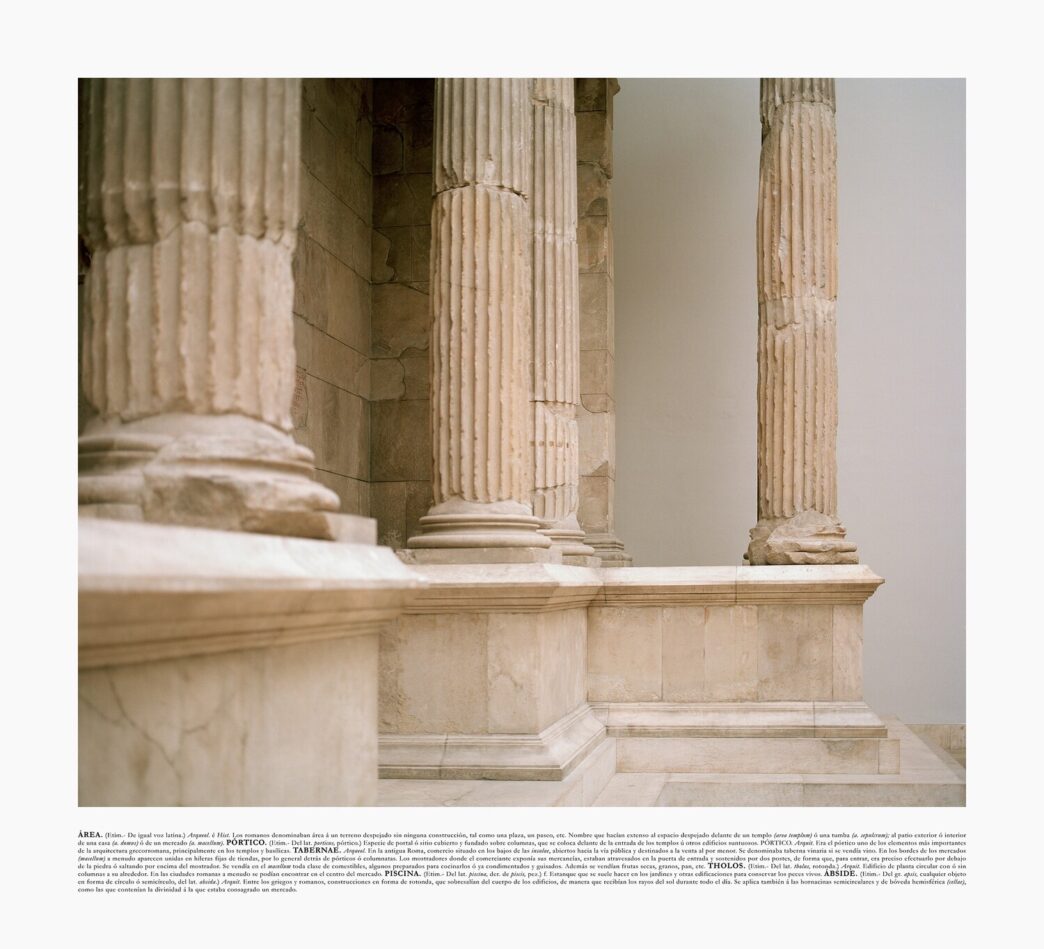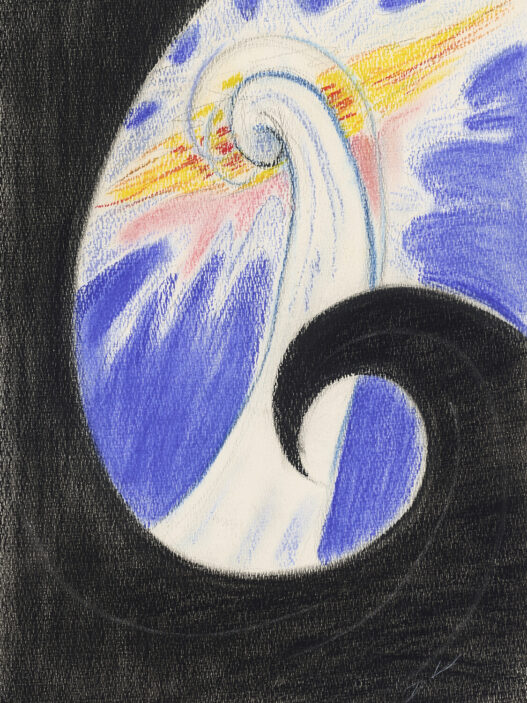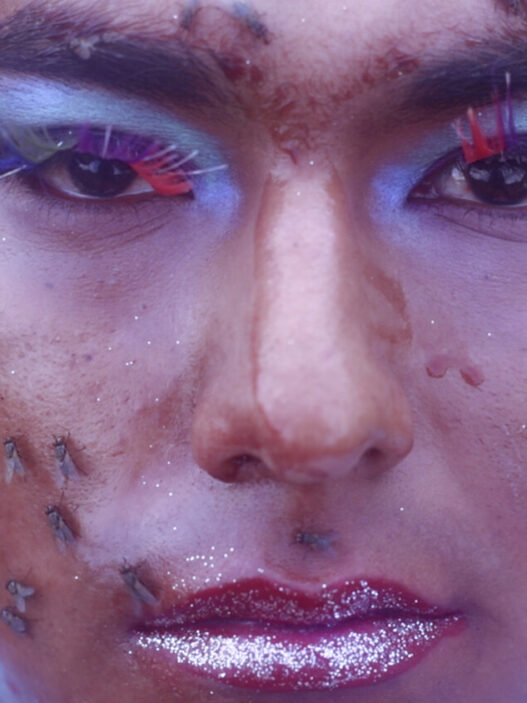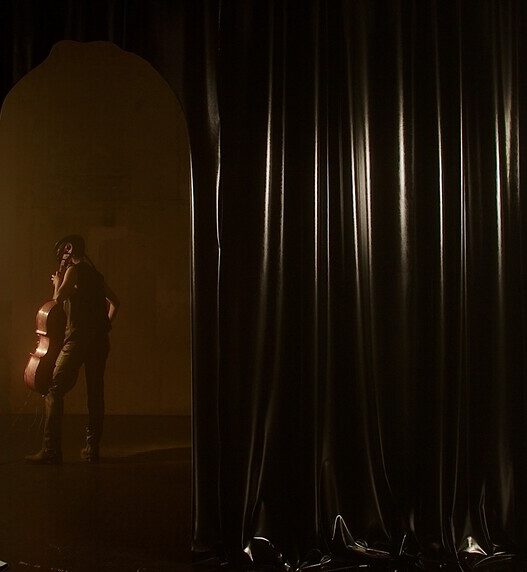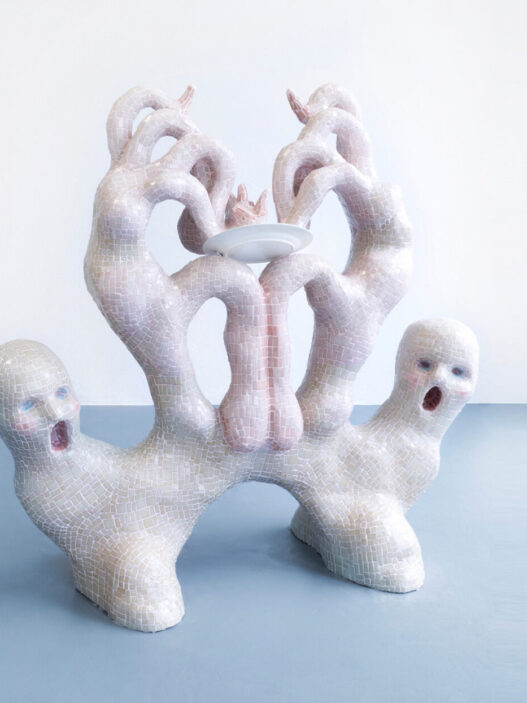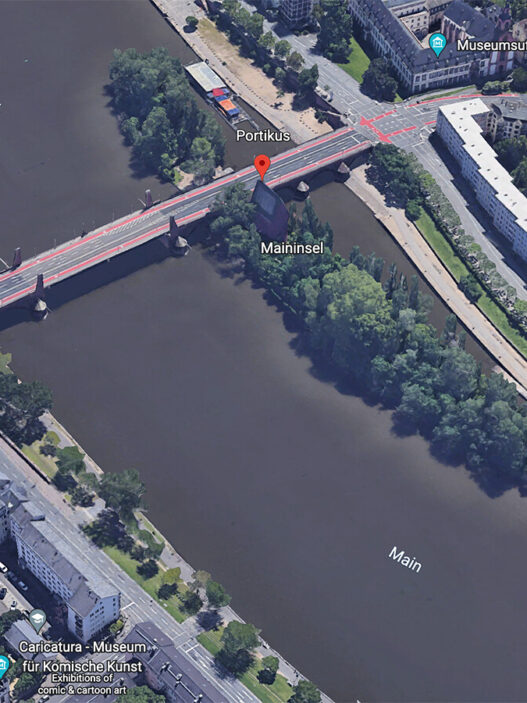May 26–September 4, 2022
Press conference: May 24, 11:30–12:30am
María Bleda (born Castellón, 1969) and José María Rosa (born Albacete, 1970) are among the artists of their generation who have most closely focused on the complexities involved in the notion of landscape from within the field of contemporary photography. Over the course of three decades they have undertaken one of the most intensive and rigorous explorations of the links that connect the representation of territory and history.
This retrospective organised by KBr Fundación MAPFRE offers a survey of their career, for the first time bringing together the entirety of their work produced to date; an exceptional perspective given the number and scope of their different series. Presented as an installation specifically conceived for this space, the exhibition allows for an in-depth focus on the significance of Bleda y Rosa’s artistic proposal while configuring new fields of analysis through the thematic areas present in the artists’ work. In this sense, the presentation follows the major discursive axes of their work, notably the dialectic between landscape and territory and the narrativity of the images in relation to historical accounts and personal experience.
An important part of Bleda y Rosa’s research has been devoted to a specific investigation of the foundations of western visual culture and the ways in which history and its representations have laid down the patterns for our ways of seeing, understanding and remembering. This facet of the artists’ work has been characterised by a carefully considered choice of the spaces in which they have taken their photographs, through which they have drawn attention, in a manner equally evocative and precise, to the different temporal strata that run through the present reality of a place. However, this aspect does not solely respond to an interest in showing how the more or less visible marks of the past have settled in the territory. What the subtle but decisive shifts in Bleda y Rosa’s photographs in fact reveal is precisely how certain visual or textual motifs are capable of activating specific devices of memory and the imagination.
With a comparable poetic force, the essentially interrogative dimension that characterises Bleda y Rosa’s artistic practice embraces key issues regarding the way in which the past inserts itself into architectural and urban spaces. Through their focus on archaeological sites, rooms, cities and memorials as always partial repositories of history and memory, they have looked at both the processes that monumentalise the past and the complex links that arise between cultures, countries and events. The temporal framework in which Bleda y Rosa move is as extensive as the archaeological remains or historical documents permit: from the earliest, most remote human settlements to recently constructed architectural references.
While all of the artists’ projects specifically focus on these major themes, the perspective offered by the present exhibition contributes to a reflection on the meaning and “work” of the images in a broad sense, an aspect emphasised by the use of projection as a feature of the installation. The photographic object thus disappears in order to give space to new, interconnected readings between the series and to other rhythms of contemplation and understanding of the works.
The photographs cannot be bled, cropped, guttered, overprinted or altered in any way, whether it be color proportion or form. It is also not allowed to write, superimpose or add any text on the images. The reproduction of the photographs must be accompanied by the pertinent copyright and courtesy lines.
The reproduction of images in online publications and media is allowed only for exhibition publicity and dissemination where the resolution of the reproduction is a maximum 72 dpi/204 pixels in a non-downloadable format.
Curator: Marta Dahó
Avenida del Litoral 30
08005 Barcelona
Spain









